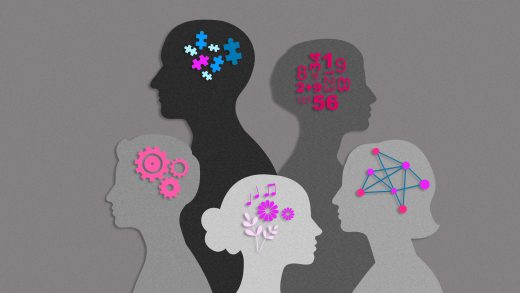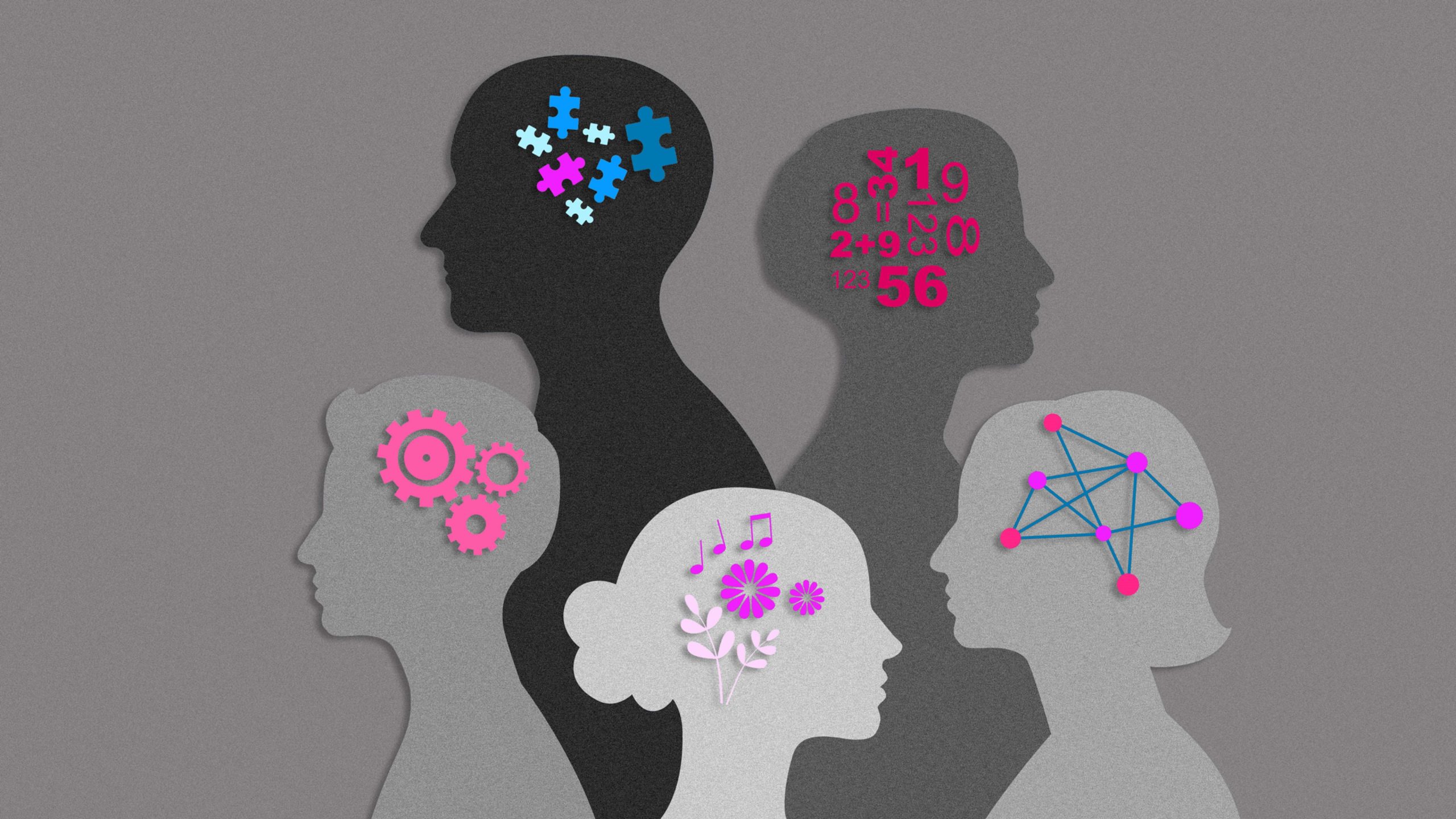Neurodiversity inclusion starts with the job interview
Neurodiversity inclusion starts with the job interview
Standard interview techniques don’t always showcase a person’s skills and capabilities.
BY Sarah Wittman, Niloofar Kalantari, and Vivian Motti
Over the past few years, many companies have poured money and resources into diversity, equity, and inclusion initiatives. Some have made a lot of progress, others have not.
Any diversity and inclusion program needs to emphasize hiring to have a chance of success. Without scrutinizing this critical organizational entry point, it’s difficult for diversity and inclusion advocates to do more than play catch-up.
It’s encouraging to see so many organizations incorporate inclusive hiring practices to remove bias from the hiring process. But one important group has been overlooked in the current push for inclusive hiring—the neurodiverse community.
Neurodiversity in the workplace
Neurodiversity encompasses an extremely diverse set of conditions, including attention deficit hyperactivity disorder (ADHD), autism spectrum disorder (ASD), Down syndrome, and Tourette’s syndrome, among others. Despite representing between 15% and 20% of the global population, neurodiverse individuals are severely underrepresented in the workplace. The unemployment rates for neurodiverse individuals reach up to 40%, according to some estimates.
These figures reflect the degree to which our workplaces are out of step with the needs of these individuals. Standardized and formalized processes that are supposed to eliminate bias may actually reinforce inequities that reduce opportunities for neurodiverse candidates. And no part of the hiring process exemplifies this more than the job interview.
How hiring processes disadvantage neurodivergent candidates
Inclusive hiring has leveled the playing field for neurotypical interviewees—by using fixed durations and the same list of questions for each candidate. But these changes are unlikely to make the process more welcoming for neurodiverse individuals. That’s because they’re less receptive to the implicit social cues these questions contain.
As an example, interviewers typically ask candidates to describe past work experience. If you’re familiar with workplace conventions, you know that this question conceals an agenda. The hiring manager wants to know about qualifications or skills that are relevant to the job you’re applying for.
A neurodiverse individual, however, might not understand this motive. This is likely due to a combination of neurodiversity and a potential lack of knowledge born of long-standing exclusion from work environments. Because of that, they might not give the response that the manager is looking for, even if they’re well-suited for the position.
Another example is the interview-ending staple, “Do you have any questions for me?” Most neurotypical people would know that this invitation is a test in disguise. The hiring manager is testing how much homework the interviewee has done about the hiring organization. But for a neurodiverse person, this prompt might signal a chance to ask questions that are sensible in normal conversations but contextually inappropriate in a job interview. For example, they might ask “Which way is the bus stop from here?”
Making hiring more inclusive
To accommodate the neurodiverse community in a meaningful way, hiring managers would need to do more with their interviews than simply codify unspoken conventions. While there are few existing models for this type of interview, our ongoing research has turned up some good suggestions.
For the past three years, we’ve been part of the research team responsible for developing a smartwatch application called FeelSense. Initially, we conceived it as a tool to help neurodiverse individuals live more independent lives. Currently, the team is working on adapting the app for use in smoothing the transition of neurodiverse people into work environments that might be stressful or triggering. (This year, the project was awarded a $1.87 million grant through the National Science Foundation.)
App users report on their emotional state and receive reminders to engage in emotion-regulating behaviors, such as drinking a glass of water or going for a walk. As development progressed, we added features such as heart rate monitoring (for automated stress response detection) and a “happy picture” that users could upload to calm them down during anxious moments. The ideas for these refinements came directly out of 30 weekly workshops with a group of 13 adult neurodiverse “beta testers” whose conditions ranged from ADHD to Down syndrome.
We found that our study participants were initially quite reticent to share detailed responses to the technology. They seemed hesitant to give the “wrong” answer. This signaled that the purpose of the exercise wasn’t fully resonating with them.
We needed the participants to give us a window into their everyday lives. In turn, we could see how FeelSense was and wasn’t working for them, and how we could improve the experience.
Interview techniques for neurodivergent candidates
Ultimately, we were able to create that sharing rapport. This is thanks to two interview techniques that helped clarify expectations for them and raise their comfort level.
First, we used keywords to focus discussion, with the help of two special education experts. For example, instead of asking participants to describe their emotional ups and downs, we invited them to select from a group of terms (coping, support, improvement, etc.) to portray their emotional state before, during, and after using the app. They could also add their own keywords.
Hiring managers can adapt these methods. For example, they can write down activities or qualities essential to the position. They can also ask neurodiverse candidates to reflect (either out loud or in writing) upon what those words mean to them.
Second, we adopted visual-based co-ideation. Our participants found it much easier to draw what their ideal app would look or feel like than describe it. As an example, one study participant drew a boy and a girl, which signified her desire for a more interactive, human-to-human experience in the app. Another sketched a rainbow to signify her preference for a more diverse color palette.
Similarly, within a job interview candidates could write or draw if they were having trouble articulating their answers. This is a potentially useful replacement for the “Do you have any questions?” portion of the interview. Interviewers can ask neurodiverse candidates to illustrate their vision of an ideal workplace, or how they see themselves fitting into an organization. Using visuals helps bridge gaps in expectations, ensuring that managers and prospective employees are literally on the same page.
Now, it’s important to mention that no organization or neurodivergent individual is the same. But companies need to find ways for neurodiverse candidates to have a “voice” where they’re comfortable showcasing their skills and capabilities.
When employees commit to inclusive hiring practices, they’re less likely to miss out on talented candidates. The more hiring managers use interview questions to express a hidden agenda over a person’s suitability and skills, the less legitimacy their organization will have in calling itself “inclusive.”
Niloofar Kalantari is a PhD candidate and research assistant in human-computer interaction at George Mason University.
Sarah Wittman is an assistant professor of management at Costello College of Business at George Mason University.
Vivian Motti is an associate professor of information sciences and technology at George Mason University.
ABOUT THE AUTHOR
(8)



